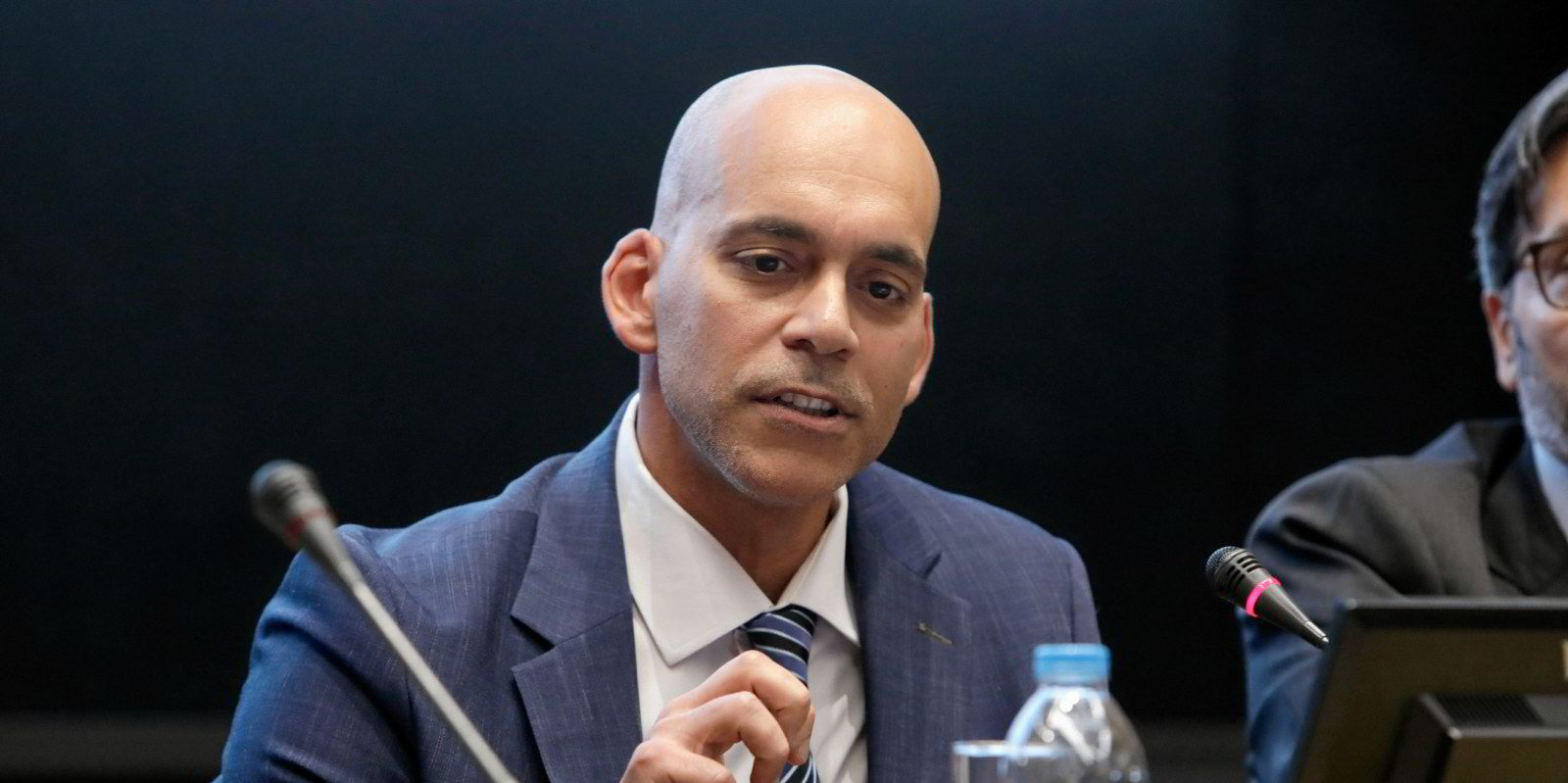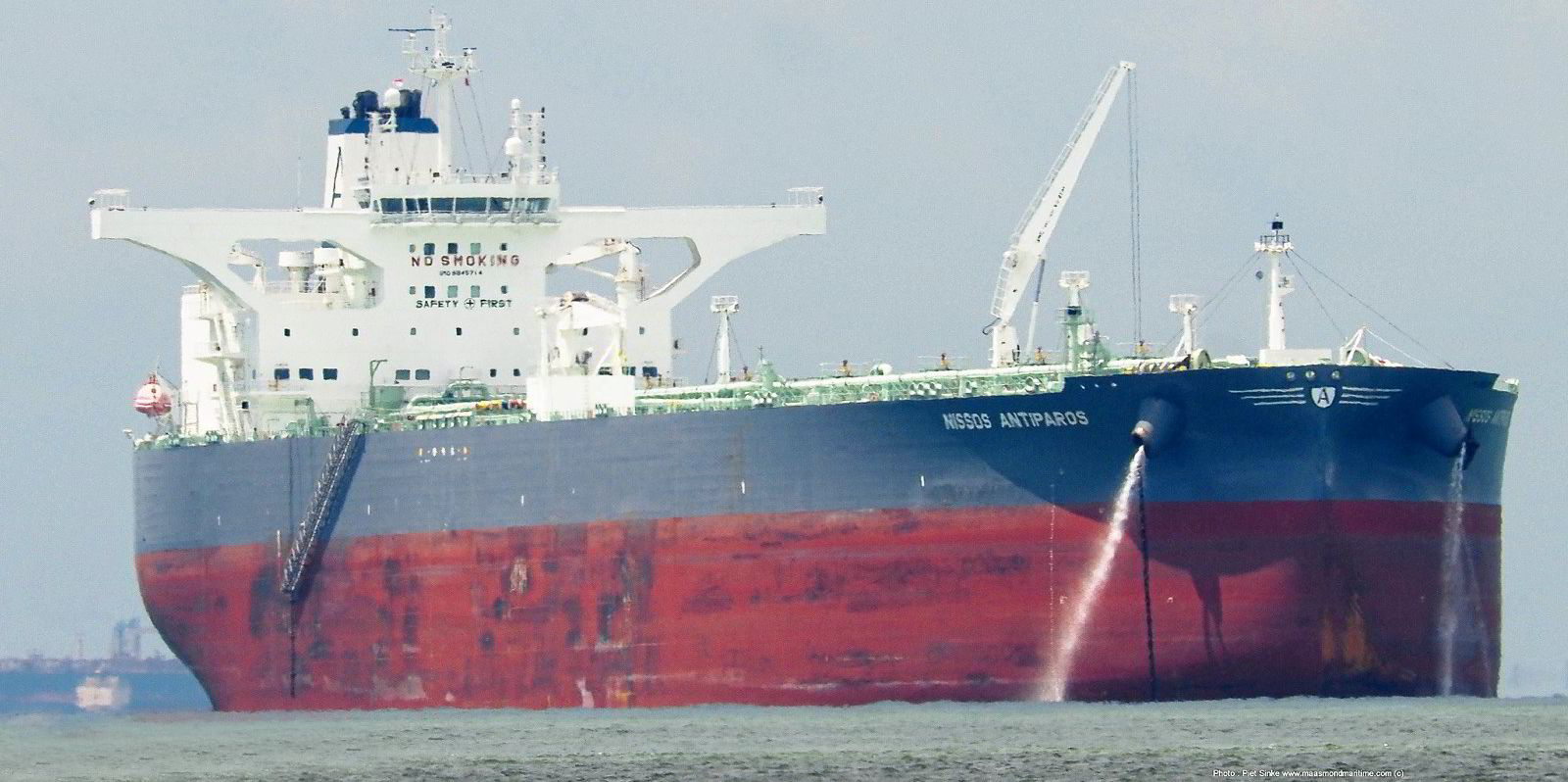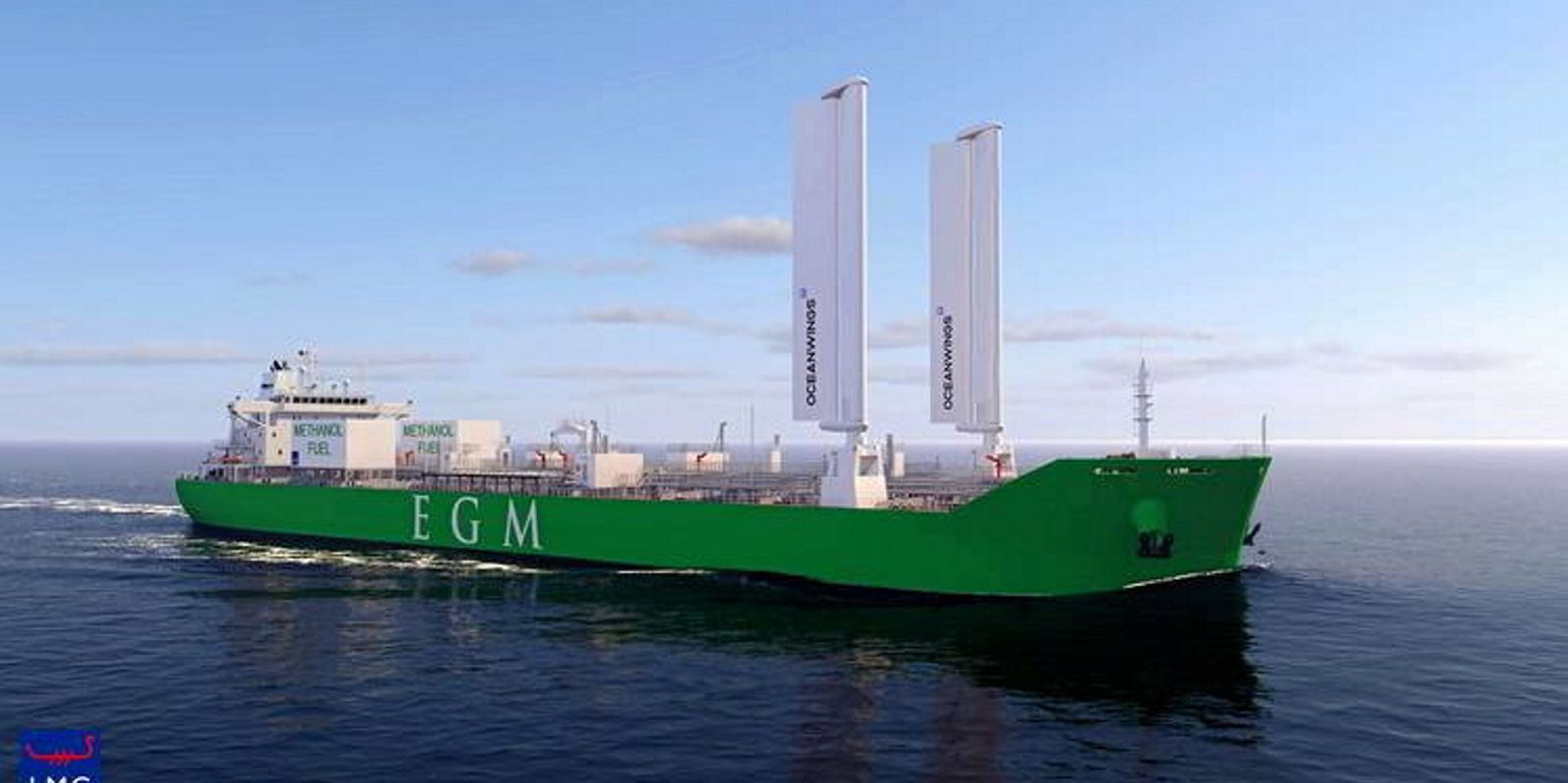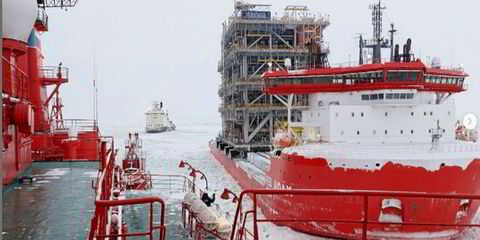Atlantic VLCC spot rates have dipped to their lowest level since the early days of 2024 as cancellations of charters for Venezuelan cargoes added further worries to the market in the near term.
But rising oil prices are adding to optimism that producers will pump more volumes into the Atlantic and Pacific markets.
The Baltic Exchange’s assessment for VLCC voyages from the US Gulf Coast to China at a lump-sum rate of $8.47m was down 3% from $8.74m a week earlier.
After starting the year below $8m, rates on the route spiked to $10.2m in January. The current figure is the lowest since 4 January.
No fixtures were reported across the VLCC spot market so far on Monday, continuing sideways to slightly down rate movements and adding a day of silence to what has already been a quiet market.
The quiet was broken only briefly on Friday with two charters that showed the slumping rates.
On Friday, ExxonMobil booked Cosco Shipping Energy’s 318,500-dwt Yuan Rui Yang (built 2022) for a voyage from the Gulf Coast to China at just under $74,000 per day, according to Tankers International.
But the pool operator estimates that if the scrubber-fitted ship were on a round-trip, the charter would be worth just $47,300 per day.
Also on Friday, Tankers International reported that Norway’s Equinor booked the scrubber-fitted 300,000-dwt Acrux (built 2020) for the equivalent of $44,300 per day for a similar voyage to China — a round-voyage rate of $46,000 per day.
Both fixtures, when compared on a round-voyage basis, are below the last-done rate of $49,800 per day on the route on 25 March, according to the Tankers International data.
Tanker broking house Charles R Weber warned that there could be further rate declines this week because of additional vessels re-entering the spot market after spot charters fell apart.
“With multiple vessels coming open from cancelled Venezuelan stems we could see some further softening,” it said.
The Atlantic market declines come amid wider weakness in the VLCC market, with the Baltic’s average rate assessment falling to just under $39,900 on Monday, a 3.3% decline for the day and a one-week slump of 6%.
Thin counts of publicly available fixtures masked some chartering activity that kept spot rates moving mostly sideways on benchmark routes over the last week.
“Charterers continued to work mostly under the radar this week, with cargo counts ticking up despite little activity on the surface,” Clarksons said in its weekly report on Friday.
Analysts are looking bullishly at the future. Jefferies’ Omar Nokta noted on Monday that 35 to 40 spot VLCC fixtures are expected in the days ahead to cover late-April loading requirements in the Middle East.

“The outlook for VLCCs is positive in our view, notwithstanding the current near-term volatility,” he wrote.
Adding to the optimism, Brent crude prices are rising to around $90 per barrel, buoying hopes by analysts for an end to production cuts by Opec and its Russia-led allies, and even potential rises.
“ Non-Opec+ crude production growth is expected to bring additional Atlantic Basin cargoes in the coming months while Brent prices around $90 per barrel signal further offsetting Opec+ cuts are off the table,” Nokta wrote.
“Given the overall tightness in global oil balances, increased Opec+ flows are becoming more likely. For the past year, VLCCs have been range-bound due to Opec+ voluntary cuts, but the sector appears primed to break away as cargo volumes ramp up.”




